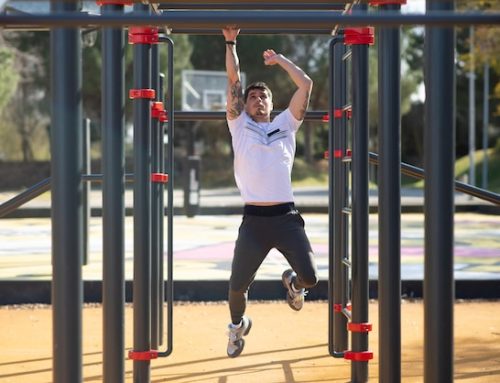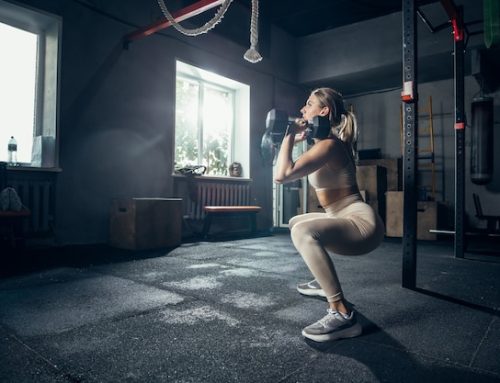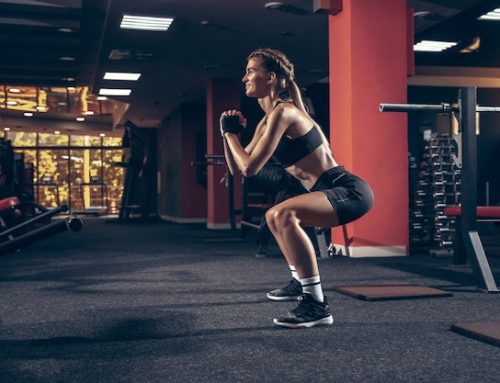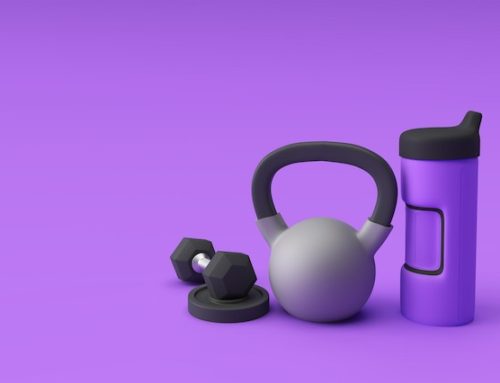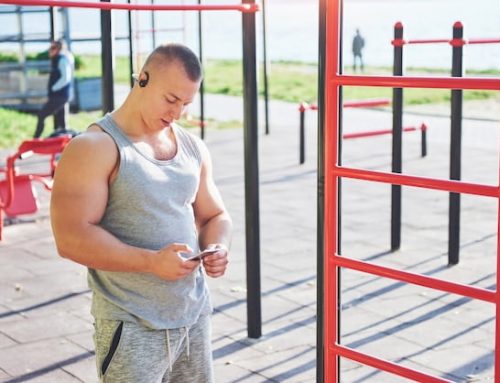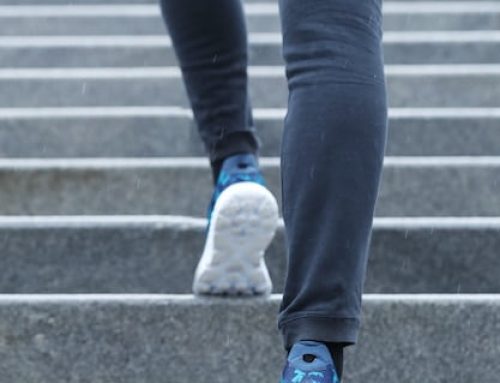Understanding the Muscles Involved in Punching: How Calisthenics Can Help
Punching is a key skill in many combat sports, including boxing, kickboxing, and martial arts. While technique and timing play a critical role in landing a powerful punch, the strength and endurance of your muscles can also make a significant difference. In this article, we’ll explore the muscles involved in punching and how calisthenics can help you develop the strength and flexibility needed to throw effective punches.
The Anatomy of a Punch
Before we dive into the muscles involved, it’s important to understand the mechanics of a punch. In general, a punch involves a quick, explosive movement that starts in the feet and travels up through the legs, hips, core, and finally the arm and fist. This movement is coordinated by a complex interplay of muscles, tendons, and nerves.
When you throw a punch, you’ll typically engage three key muscle groups:
1. The Legs and Hips
Your legs and hips provide the power and stability needed to generate a strong punch. The glutes, quadriceps, hamstrings, and calves are all involved in this movement. To develop explosive lower body strength, calisthenic exercises like squats, lunges, and jumping jacks can be highly effective.
2. The Core
Your core muscles, including the rectus abdominis, obliques, and transversus abdominis, provide the foundation for your upper body movements. They help stabilize your spine and transfer power from your lower body to your arms. Calisthenics exercises like planks, sit-ups, and Russian twists can help build a strong, stable core.
3. The Arm and Shoulder
Finally, your arm and shoulder muscles are responsible for the actual punching motion. The biceps, triceps, and deltoids are all involved in this movement. To develop strength and endurance in these muscles, calisthenics exercises like push-ups, pull-ups, and dips can be highly effective.
The Role of Flexibility
While strength is certainly important for punching, flexibility is also an essential component. If your muscles are tight and inflexible, you won’t be able to generate the full range of motion needed to throw a powerful punch. Additionally, tight muscles are more prone to injury.
Calisthenics exercises can help improve your flexibility by increasing your range of motion and promoting better posture. For example, exercises like downward dog, cobra pose, and butterfly stretch can all help stretch your chest, shoulders, and arms, promoting better punching form.
The Importance of Balanced Training
While it’s important to focus on the specific muscle groups involved in punching, it’s also critical to maintain overall balance in your training. Neglecting certain muscle groups can lead to muscular imbalances, which can increase the risk of injury and limit your overall performance.
In addition to the exercises mentioned above, it’s important to include a variety of calisthenics exercises that work your entire body. Squats, lunges, push-ups, and pull-ups are all great examples of compound exercises that engage multiple muscle groups at once.
Final Thoughts
In conclusion, punching is a complex movement that requires a combination of strength, flexibility, and coordination. By incorporating calisthenics exercises into your training routine, you can develop the strength and flexibility needed to throw powerful punches while also promoting overall balance and reducing the risk of injury.
Remember to focus on the key muscle groups involved in punching, including the legs, core, and arms, and to maintain overall balance in your training routine. With consistent effort and dedication, you can develop the physical and mental skills needed to become a skilled puncher.

